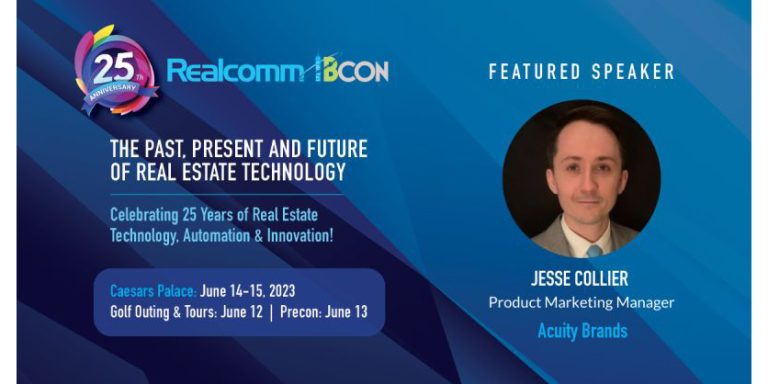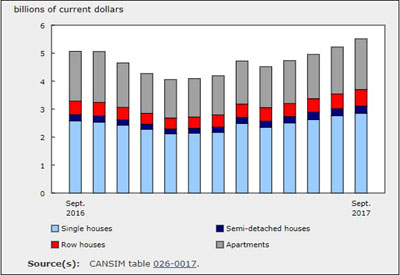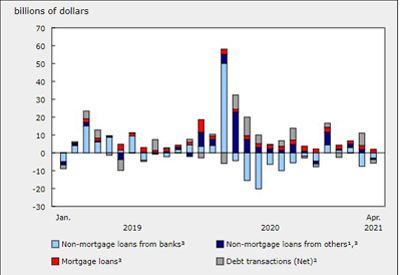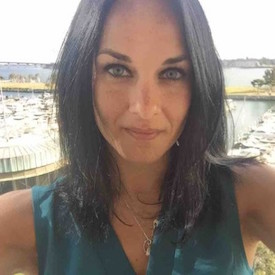An Industry Undergoing Change

July 19, 2016
We’ve just passed the 6-month mark for the year and while there has been much change, the past month highlighted many and accelerated some.
Consider the following.
Consolidation
• Shealy sells to Border States to create a $2B ESOP
• Grove Madsen sells to Sonepar
• Cape Electric sells to Graybar
We’ve also talked to others that have expressed interest in selling (and have inquired more about ESOPs and Border States), others who have mentioned that Turtle & Hughes is seeking opportunities, and another pair that are talking via an M&A expert.
Bottom line: the middle of the industry is pretty much being consolidated.
While this next comment may be obvious, mid-sized distributors either have a succession plan and want to take their business to the next level or they’re seeking an exit. Continued investment in the business, lack of succession and a lukewarm market may be driving individuals to view their future differently.
eCommerce
• We’re hearing more about Amazon as a “competitor” with either business lost to them or contractors using Amazon pricing information to negotiate with distributors.
• More distributors are setting eCommerce goals for their branches and salespeople to accelerate growth in this area and, in some cases, to generate an ROI in their eCommerce initiative.
• Some distributors are diversifying their eCommerce tools. They are pushing for usage of mobile technologies, contractors are increasing interest and usage of NetPricer, system to system capabilities are being explored, and larger distributors are establishing direct connections and tools to convert quotes into orders. It’s all about gaining adoption.
• eMarketing is coming to the forefront. Distributors are becoming more familiar with the concepts of SEO, SEM, the importance of search engines, investing in social media (at least posting), and more. Most marketing initiatives now involve some type of online initiative — enewsletters, epromotions, econtent (to promote services/products), social, video and more.
Technology
• There is so much of it that it can become confusing. So many “bolt-ons” that can enhance your business, but how do they integrate and which is best in class? Are your IT staff prepared? if you are a distributor and belong to AD or IMARK, could these organizations be better clearinghouses or house industry IT specialists?
• KKR, the private equity investment firm, acquired Epicor. KKR is known for turning companies around and taking them public in a relative short time. Will they make acquisitions to expand Epicor’s business?
• And many are talking about undertaking pricing initiatives with outside resources. Key players include SPA, Jigsaw Systems, epaCube and Zilliant (and each has different strengths … and weaknesses!)
Millennials
• Everyone talks about them as if they are a group that will join your company and take it over. The reality is that they will be integrated into most companies as replacements.
• When we talk about Millennials, the other often overlooked issue is the retirement of long-term employees with extensive institutional knowledge, which in many instances isn’t being transferred or replaced. I’m not saying Millennials cannot do the job. They can, but they will learn to do it differently.
• This means customer expectations (they’re becoming Millennials also) are changing, which can have a significant impact on your business. Keep in touch with your customers. To this point we’re seeing more distributors, and manufacturers, seeking to gather customer insights.
Products
• Copper. Can’t forget, the price of copper has declined almost 25% this year, from US$2.68 to US$2.16. Consider the impact of this for contractor-oriented distributors who may have 10-15% of their business in wire (and hence are experiencing inventory devaluation).
• Everything is becoming more technical: IoT, IIoT, PoE, LED, smart homes, smart buildings, lighting controls, and more. Maintaining product knowledge is a challenge, communicating new products to customers more so (as well as inventorying them and training customers). Is your sales organization / technical specialists keeping up? What percent of their time is allocated to learning?
• And the market, in many markets, is challenging, which inhibits investing in the business.
Leverage
• Speaking of investments, the larger companies, and specifically consolidators, are starting to generate leverage. This leverage drives incremental profitability to the bottom line, enabling them to invest in the future. Consider a $3B distributor with 3% gross margins generates $100M in net profit, which can be invested back into the business for technology, people, new services, facility expansion, etc. If that company was $100M, the net profit is only $3M, which reduces reinvestment options, or the $20M distributor with 3% net who is generating only $600K.
• The leverage also inevitably helps larger companies on the supplier side. Sometimes on price, sometimes opportunities for large buys, greater visibility which can generate greater support, perhaps better rebates.
• Local / regional companies can still outperform consolidators by focusing on their customers and their local area, being responsive and nimble, and out-selling. The key is engendering the culture and embracing an entrepreneurial spirit within the business.
The first half of the year brought challenges for some but a bevy of change. How are you performing and what do you think the issues for the second half will be? One thing we’re seeing is greater interest in earlier planning.
David Gordon is President of Channel Marketing Group. Channel Marketing Group develops market share and growth strategies for manufacturers and distributors and develops market research. CMG’s specialty is the electrical industry. He also authors an electrical industry blog, www.electricaltrends.com. He can be reached at 919-488-8635 or dgordon@channelmkt.com.











